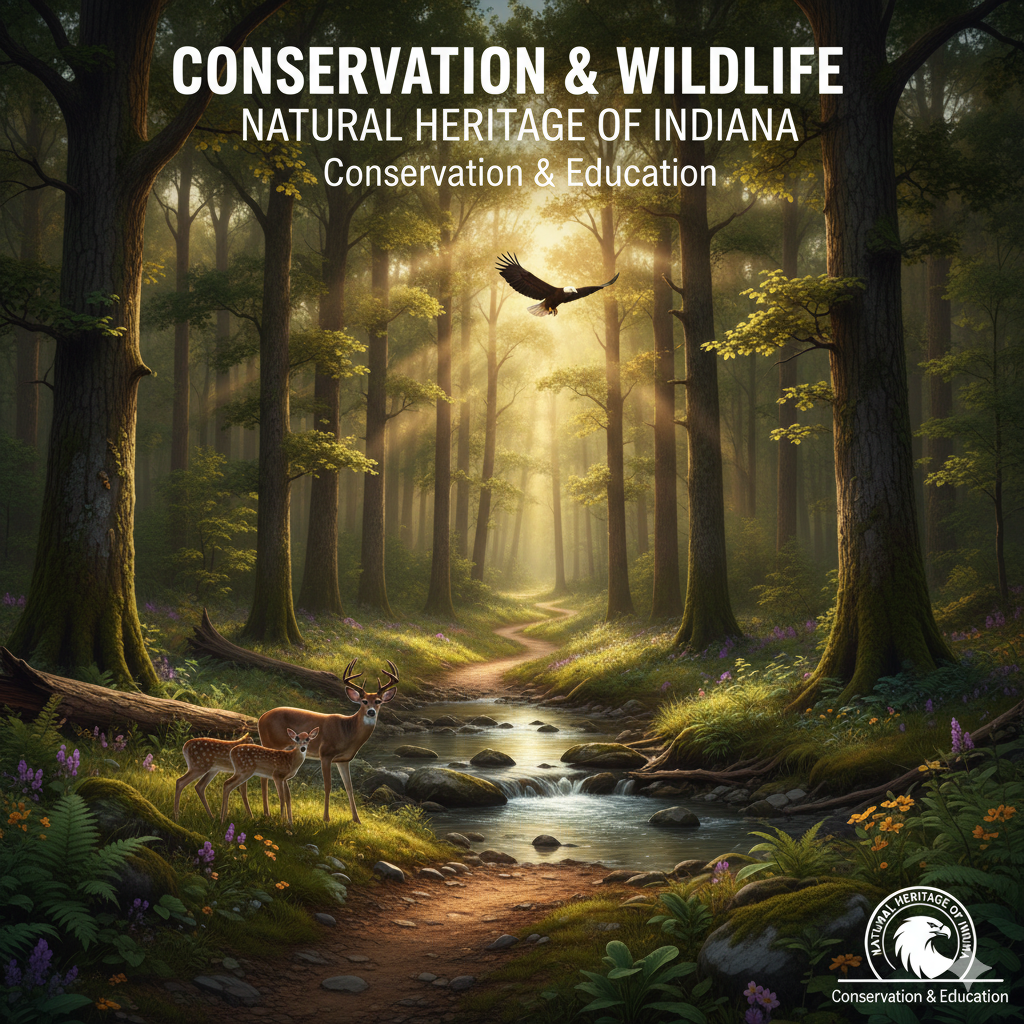
Conservation & Wildlife | Natural Heritage of Indiana | Conservation & Education
Indiana is a state blessed with a rich natural heritage, where rivers, forests, prairies, and wetlands intertwine to form a living tapestry of biodiversity. The importance of conservation and wildlife protection here cannot be overstated, for it is through these efforts that future generations will inherit a thriving natural environment. From endangered species such as the Indiana bat to the flourishing ecosystems of Hoosier National Forest, Indiana’s landscapes showcase both the challenges and the triumphs of conservation work.
Conservation in Indiana begins with an understanding of its ecosystems. The state’s wetlands act as natural water filters and flood protectors, while prairies provide crucial habitats for pollinators like bees and butterflies. Forests, with their ancient oaks and maple trees, serve as carbon sinks and homes for countless animals. Yet, these habitats face threats: urbanization, invasive species, pollution, and the changing climate. Wildlife conservationists dedicate their lives to restoring balance, protecting endangered habitats, and ensuring that ecosystems remain resilient.
Key species in Indiana illustrate the importance of conservation. The Indiana bat, once common, has been placed on the endangered species list due to habitat destruction and white-nose syndrome, a fungal disease devastating bat populations across North America. River otters, which had disappeared from Indiana’s waterways by the mid-20th century, have been successfully reintroduced through conservation programs. Bald eagles, symbols of resilience, now soar again over Indiana’s skies thanks to habitat protection efforts. Each success story reflects years of collaboration, scientific research, and community involvement.
Wildlife rehabilitation centers also play a critical role. Injured owls, turtles, and mammals are given second chances through the tireless work of veterinarians and volunteers. These centers not only heal animals but also educate the public about the importance of coexistence with wildlife. By emphasizing that every creature—whether large or small—has a role in the ecosystem, these organizations help cultivate respect and responsibility among citizens.
Community involvement is a cornerstone of conservation. Volunteers remove invasive plant species, plant native trees, monitor bird migrations, and clean rivers. Citizen science programs invite everyday people to collect data about wildlife sightings, water quality, or climate patterns. This democratization of science empowers individuals to be part of the solution, blurring the line between professional conservationists and local residents.
Beyond wildlife, Indiana embraces sustainable development as part of conservation. Farmers are adopting eco-friendly practices such as cover cropping and soil conservation. Cities integrate green infrastructure, including rain gardens and permeable pavements, to reduce flooding and pollution. These efforts prove that conservation is not only about preserving the past but also about designing a sustainable future.
The story of conservation and wildlife in Indiana is both urgent and hopeful. While threats remain, the dedication of organizations, scientists, and citizens continues to inspire progress. Protecting wildlife here means protecting the very identity of Indiana—a state defined by its rivers, its forests, and its living heritage. The work being done today ensures that the call of songbirds, the flight of bats, and the quiet beauty of wildflowers will remain part of Indiana’s landscape for generations to come.